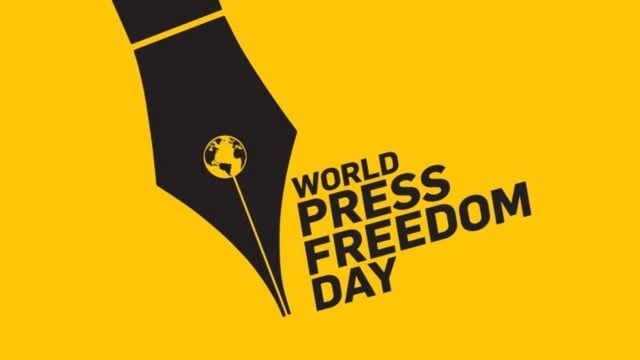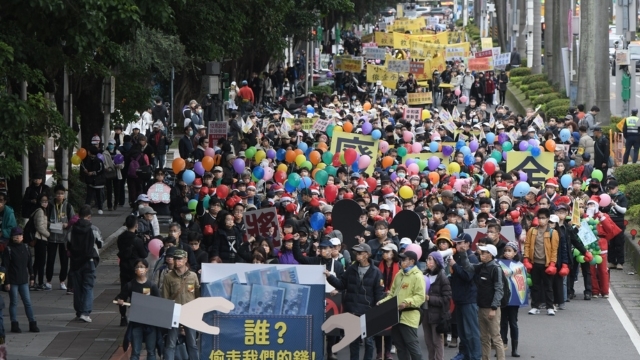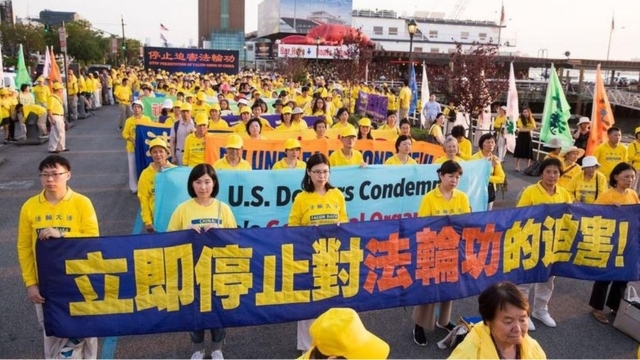How Article 19 and Article 18 (UDHR) are connected, and why journalists and faith communities need each other
by Peter Zoehrer*
*A paper presented at the webinar “Mobilizing the Media for Tai Ji Men and Other FoRB cases,” co-organized by CESNUR and Human Rights Without Frontiers on May 8, 2023, after the World Press Freedom Day of May 4.

Article 18 and Article 19 of the Universal Declaration of Human Rights (UDHR) represent two crucial elements of human rights, which are the freedom of thought, conscience, religion, and the freedom of expression. These articles are interrelated, and should be treated as two sides of the same coin.
Both freedoms are fundamental to the proper functioning of a society based on democratic principles, and neither can exist in isolation from the other. In this paper, I will argue that freedom of the press and religious freedom need each other, and that they are crucial in upholding individual human rights in society.
Press freedom plays a significant role in democratic societies in promoting transparency, accountability, and the rule of law. It is a fundamental human right that is enshrined in Article 19 of the UDHR. This article recognizes that everyone has the right to freedom of opinion and expression, which includes freedom of the press.
The freedom of the press plays a critical role in exposing corruption, holding governments accountable for their actions, and uncovering human rights abuses. Without press freedom, it would be impossible to have an informed public and a functioning democracy.
On the other hand, religious freedom is also essential in a democracy, as enshrined in Article 18 of the UDHR. Freedom of religion or belief is the right of every individual to believe or practice their religion of choice, or to hold no religion at all, without fear of discrimination or persecution. Religious freedom is a crucial element of a diverse and pluralistic society. It ensures that each individual’s beliefs are protected and respected, leading to a tolerant and respectful society.
So, how do press freedom and religious freedom relate to each other?
In a democratic society, press freedom and religious freedom are interrelated, because they work together to safeguard the most fundamental individual human rights. Religious freedom creates the conditions for varied beliefs to flourish, generating diverse opinions and ideas that need protection by using tools such as press freedom. Press freedom, on the other hand, performs a vital role in ensuring that the diverse opinions and ideas are widely disseminated and safeguarded from suppression, censorship, or discrimination.
Moreover, press freedom and religious freedom complement each other by upholding the principles of free and open debate. A pluralistic society is one where people hold different values and beliefs, which can sometimes lead to heated debates and discussions. It is essential to foster an environment where free and open discussion can take place on issues related to religious tolerance, diversity, and the free flow of information. By promoting free and open debate, press freedom and religious freedom reinforce each other and strengthen democratic institutions.
Although no one can seriously deny this interconnectedness between press freedom and religious liberty, why then do still so many journalists collaborate with state actors in suppressing religious minorities and in spreading false narratives about them?
And why are so many religious people afraid of journalists or even despise them?
Article 19 of the Universal Declaration of Human Rights (UDHR) states that “Everyone has the right to freedom of opinion and expression; this right includes freedom to hold opinions without interference and to seek, receive and impart information and ideas through any media and regardless of frontiers.”

Article 19 also has implications for media freedom. It means that media outlets should operate without interference from the government and should be free to report on all issues of public interest. The media must be allowed to present information that is critical of those in power without fear of persecution or retaliation.
For twelve years, I have been an active member of the Press Freedom Watch-Dog Reporters Without Borders. The organization publishes in their annual reports the World Press Freedom Index, which evaluates the environment for journalism in 180 countries and territories. The report is always published on the World Press Freedom Day (3 May) each year.
Here is a brief overview of the most recent analysis of the global situation with regards to the freedom of the media. The situation is “very serious” in 31 countries, “difficult” in 42, “problematic” in 55, and “good” or “satisfactory” in 52 countries.
In other words, the environment for journalism is “bad” in seven out of ten countries, and satisfactory in only three out of ten.
Generally, this year’s report looks even more pessimistic than the years before.
It says: “This instability is the result of increased aggressiveness on the part of the authorities in many countries and growing animosity towards journalists on social media and in the physical world. The volatility is also the consequence of growth in the fake content industry, which produces and distributes disinformation and provides the tools for manufacturing it.”
Article 18 of the Universal Declaration of Human Rights (UDHR) ensures that everyone has the right to freedom of thought, conscience, and religion, including the right to choose and express their beliefs without fear of discrimination or persecution.
Religious freedom is commonly considered the most basic of human rights, safeguarded by the United Nations Charter and other significant human rights frameworks such as the Universal Declaration of Human Rights. At the 2023 IRF Summit in Washington D.C., it was frequently referred to as “the first freedom” upon which all other freedoms depend for their very existence.
Despite its paramount importance, this “first freedom” is often better recognized in its absence than in its observance. Dr. Jan Figel, who served as the EU’s special envoy on FoRB, approximates that almost 80 percent of the planet’s populace live in countries with significant limitations on what they can believe and how they may practice their faith.
At the IRF Summit, attendees were moved by Dr. Hong and the Tai Ji Men community’s compelling presentations and testimonials about enduring persecution by Taiwanese authorities for more than two decades. The local media has without a doubt failed to accurately report on the movement, and journalists have fallen short in one of their chief responsibilities: speaking truth to power.

At the Summit Beth Van Schaak, a U.S. Department of State ambassador-at-large for global criminal justice, gave a realistic view of current religious freedom violations around the globe.
In Afghanistan, the Taliban continue to persecute members of religious minority groups and mandate inhumane punishments for residents in areas under its control, including public stoning.
In Burma [Myanmar], we have witnessed more than 1.2 million flee horrific violence in the country, the vast majority being members of religious and ethnic minority communities, including Rohingya, who are predominantly Muslim and who have faced decades of systematic discrimination, statelessness, and targeted violence.
In the Central African Republic citizens have faced cycles of violence over the past ten years: Christian and Muslim-affiliated militias have attacked communities and houses of worship. In 2014, one peak of violence has resulted in the destruction of almost all of the country’s mosques and the displacement of an estimated 80 percent of the Muslim population.
More than one quarter of the country’s population remain displaced. The Kremlin-backed paramilitary organization Wagner Group also stands accused of specifically targeting Muslim and Fulani communities in horrific attacks.
And in China, members of religious communities have long experienced repression, and we have seen a dramatic increase in abuses under Chinese Communist Party General Secretary Xi Jinping’s rule. Since 2017, crimes against humanity and genocide have been committed against Uyghurs, who are predominantly Muslim. Across China more broadly, religious persecution also is directed at Tibetan Buddhists, Falun Gong practitioners, Christians, and so many others seeking only to peacefully practice their beliefs.

It is noteworthy that nations with functional democracies and high levels of press freedom also demonstrate considerable religious diversity and liberty. Conversely, countries that have authoritarian systems, scant rule of law, and low diversity are at the bottom of the press freedom index and often violate fundamental human rights, particularly religious freedom. Essentially, as mentioned earlier, freedom of the press and religious freedom are two sides of the same coin.
Both media professionals and religious individuals face an uphill battle against the formidable Goliath of totalitarian and corrupt governments and could collaborate in various areas to support one another, but progress in this direction has been slow.
Nevertheless, some media outlets associated with human rights and religious freedom advocacy organizations manage to bridge this gap, such as Human Rights, Without Frontiers and Bitter Winter. Although mainstream media has historically done little objective reporting, some US and European sources like The Washington Times and The European Times, as well as Asian outlets like Asia Times, have done commendable work in covering current human rights issues. The Taipei Times is one recent example of a publication that has done excellent reporting on religious persecution, including the Tai Ji Men case.
Unfortunately, much of the corporate media seems to engage in sensationalistic reporting about so-called cults, relying on skewed reporting and fabricated rumors and false narratives. Tabloid television networks, in particular, appear to follow the maxim, “if it bleeds, it leads.”
It is high time to challenge the media to listen to the accounts of religious persecution victims and to encourage journalists to see the bigger picture that we are not adversaries, but allies in the same boat.
Source: Bitter Winter

